Overview of the Equine Digestive Tract
The Digestive Tract
Starting in the mouth, the strong tongue and large grinding teeth manipulate and break down feed and forage, with more chewing required for more fibrous feeds. Already we can see that dental problems – missing or damaged teeth, improper alignment of teeth, pain with chewing, etc. – will impact sufficient break down of feeds and especially high fiber feeds, decreasing potential digestion and increasing the risk of choke.
After swallowing, feed enters the stomach – a muscular blender for feed, saliva, and gastric juices. The low pH of the gastric juices is essential to begin digestion of proteins in the diet, and the low pH helps kill pathogens and prevent them from infiltrating horse’s tissues. The stomach will churn until the feed/saliva/gastric juices mixture becomes relatively uniform and then it releases its contents into the small intestine. The horse’s stomach is very limited in capacity, as it developed for horses who grazed for all their calories and never had a large amount of feed coming in at a given time. When the horse consumes a larger meal than the stomach is intended for, the result is the stomach releases the feed before it’s as uniform and processed as it should be, meaning less-than-optimally digested feed enters the small intestine. This can overwhelm the small intestine as a result, and some feed may continue all the way to the large intestine (hindgut) without being as digested as it should.
The role of the small intestine should be to complete the horse’s digestion of proteins, non-fiber carbohydrates, and fats, and then absorb the components of these nutrients, vitamins, and minerals for the horse to use to build or repair tissues. Thus, the majority of what should be left over from the small intestine to reach the hindgut (includes the cecum and large intestine, which is further divided into the large colon and small colon) should be the fibrous portion of the diet. If other feed components reach the hindgut, this inevitably creates a hindgut disturbance.
The hindgut is home to plentiful microbes who are able to digest fiber by fermentation, releasing the otherwise trapped nutrients inside the cell walls of fibrous feeds. These nutrients are used by the microbes for their own metabolism, but they are also used by the microbes to create vitamins and fatty acids that the horse can absorb and use for its own needs. These microbes are so effective at this process and contribute so much to equine health and nutrition that horses are referred to as “hindgut fermenters”, and since the majority of any healthy equine diet is predominantly fibrous forage feeds, these microbes are truly essential to the horse’s entire biology.

